Realistic Wasp
Realistic Wasp fly is a remarkable fly that imitates the real insect so well that the fish will not know the difference. It has the characteristic elongated, 3-section wasp shape, the famous stripes, the clear wings and the long, yellow legs with black tips. This fly was tied using high quality, floatable and light material that has just the right weight so when they hit water, the way they float emulates the real insect accurately. The flexibility and design of the wings and legs add the crucial movement to the fly when in water. The realistic look of this fly provides that imperative advantage when fishing this fly pattern. The material is super sturdy – these flies were tied to last and will withstand many takes. Wasps are good and nutritious meals, so these little flies are not going to be easily passed by the hungry trout.
These Realistic Wasps are highly effective – they produce some energetic strikes!
Comes in 2 hook sizes: #10 and #12.
What our customers are saying about our Realistic Wasp:
Wasp Fly Fishing
Honey bees, bumblebees and wasps belong to a Hymenoptera order. These insects are terrestrials – they live and breed on land. They can often be found living around lakes and rivers and can be fished from spring well into the late fall. The reference to fly fishing using bee and wasp fly patterns goes back to the third century writing.
Bees and wasps are social insects and live in large communities (colonies), consisting of a queen (producing eggs) and non-reproducing workers. During summer months, and well late into fall, some of these insects will fall or get blown into streams or lakes – where they become food for fish. One of the great spots on the river to fish these patterns is under the overhanging tree where a colony of these insects is settled. Under such trees you are sure to have some insects blown-off into the stream. Other great spots to try would be around the edges in the shallow pockets.
While wasps feed on nectar, they are also predators - they sting, kill and eat other insects. Parasitic wasps raise their young by laying eggs in the bodies of living creatures or in the larvae of other insects – this often being aquatic insects. For one of the species of wasps, a female adult would ‘dive’ into the water (by crawling or even swimming) seeking out for the aquatic insect as a host for their eggs. These are called diving wasps. Naturally, these wasps become a good food choice for many fish. Fertilized females spend their winter hibernating in a sheltered location. The rest of the colony will usually die down with the onset of winter. This could be a good time for fishing these patterns as many of them end up in rivers.
Fly Fishing Terrestrial Flies
Terrestrial insects are land-bred. Some of the species of terrestrials include: hoppers (grasshoppers), ants, beetles, bees, wasps, crickets, etc.
Terrestrials are one of the essential food sources for trout and other game fish during summer months. Hot summer months are when the aquatic insects become sparse, the trout is the most active and grows the fastest. This is when terrestrials become their most important food source as a rich source of protein. A terrestrial falling into the water is a great and nutritious meal for fish as these insects are usually bulkier and heavier than aquatic insects and they provide a large calorie intake when the trout need it most.
Terrestrial fly patterns are effective from May till October, and sometimes even into the November.
As terrestrials are most active and most likely to fall in the river during the day, the best time to fish these fly patterns is anytime from late morning all the way through the evening. Windy days are best as the wind ‘pushes’ them to the water. Optimal locations to present terrestrial patterns is along cut banks, grassy shorelines or under big trees – places where fish wait for them – easy meals just dropping in. As these insects will eventually be pulled further into the river - midstream can also be a good place to present your fly.
On smaller streams fish are depending mostly on terrestrials as their food source. Small waters don’t have the high-energy riffles where the aquatic insects spend much of their lifecycles. For fishing small streams – terrestrials are a must.
Being it mid-summer, early fall, or the midst of spring - fishing terrestrial fly patterns can provide top dry-fly action!

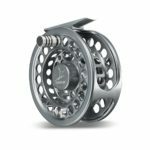
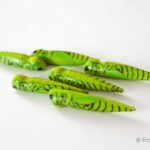
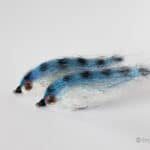


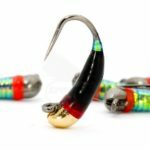
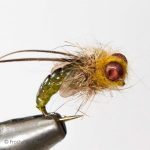

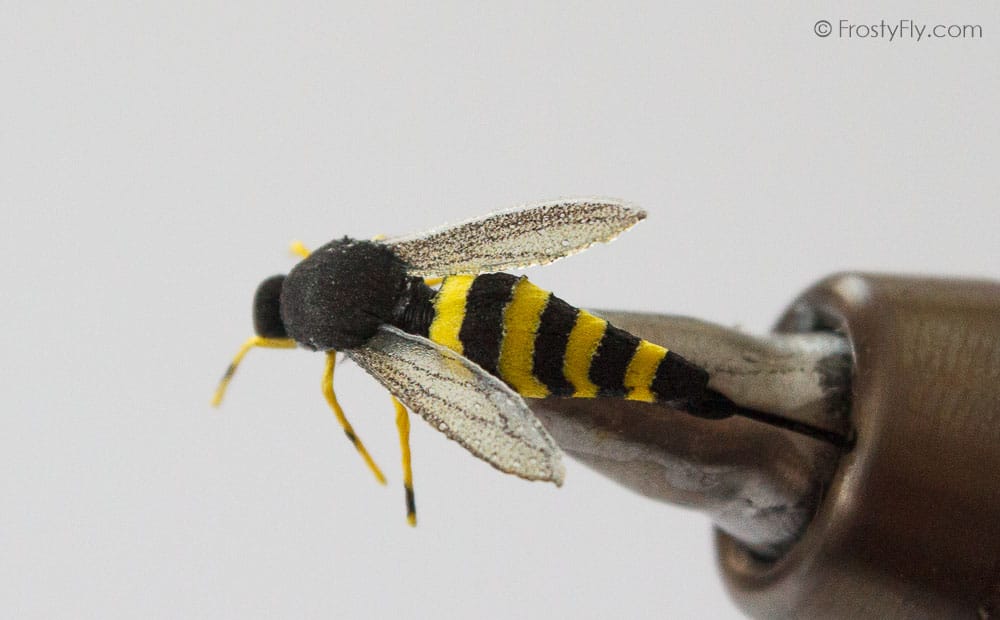

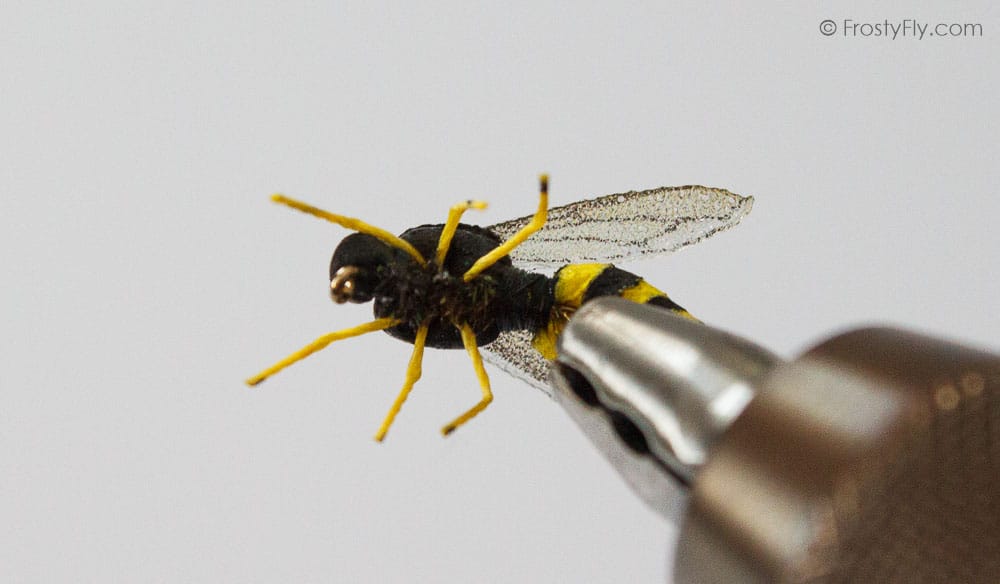

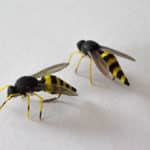
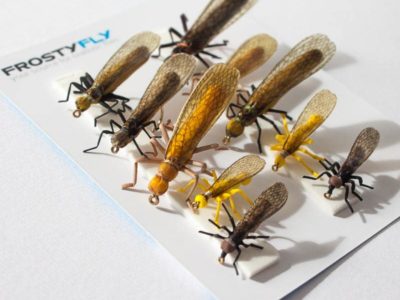
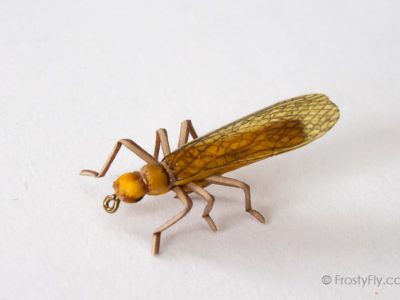



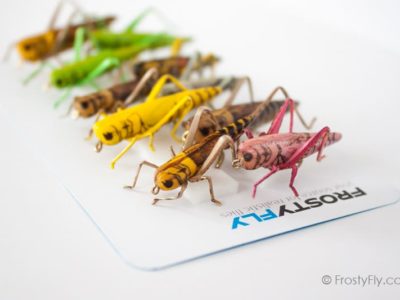
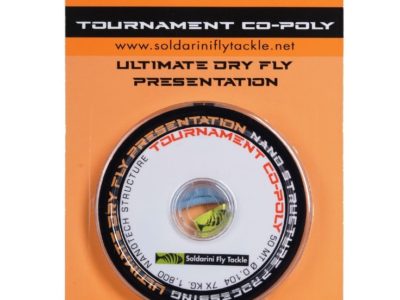
Matt Dort (verified owner) –
A very realistic pattern that produced many Brook and Brown Trout for me in Nova Scotia. Definitely will be purchasing again.